November is a special month that shines a spotlight on a journey that forever changes lives – adoption. It’s a time when communities, adoption agencies, and families come together to celebrate Adoption Awareness Month. At A Child’s Hope, we are deeply committed to supporting and promoting the beautiful and loving process of adoption. In this Article, we explore the significance of Adoption Awareness Month, its impact on families, and the importance of advocating for the welfare of babies in need of loving families.
Understanding Adoption Awareness Month
National Adoption Awareness Month has been celebrated since 1976. Its primary aim is to raise awareness about the urgent need for adoptive families for children waiting in the foster care system, but it also serves to honor all forms of adoption.
The Heart of Adoption: Building Families
Adoption is an extraordinary journey of love, hope, and resilience. For birth parents, it may involve making a deeply emotional and selfless decision to provide a secure and loving home for their child. For adoptive families, it’s about growing your family through adoption.
Supporting Birth Parents and Adoptive Families
At A Child’s Hope, we recognize that the path to adoption is a unique and often emotional journey for birth parents and adoptive families. We are dedicated to offering guidance, support, and expert assistance to help all parties involved make the best decisions for themselves and their children.
The Miracle of Family through Adoption
Adoption creates families that defy cultural, racial, and geographical boundaries. It underscores the belief that family is built on love and acceptance, regardless of differences. Adoptive families come in all shapes, sizes, and backgrounds, beautifully reflecting a diverse society.
Myths Debunked: The Truth about Adoption
Let’s dispel some common myths about adoption:
-
Adoption is not a second-best choice: It’s a deliberate, wonderful way to grow a family.
-
Adoption isn’t just for couples facing infertility: It’s open to anyone with the capacity to provide love, care, and stability to a child.
-
Adoption isn’t a one-time event: It’s an ongoing journey filled with joy, challenges, and personal growth.
The Importance of Open Adoption
Open adoption, a concept gaining popularity, emphasizes maintaining varying degrees of contact and communication between birth parents, adoptive families, and adopted children. This approach fosters trust, understanding, and a strong sense of identity for the child. Children placed in open adoption do not have to fervently search for their biological parents as they grow older because the birth family and the adoptive family have been in touch since the beginning.
Get Involved: Make a Difference
 Adoption Awareness Month is not only about celebrating adoption but also offering support.
Adoption Awareness Month is not only about celebrating adoption but also offering support.
- Become an Advocate: Raise awareness about adoption in your community.
- Consider Adoption: If you’ve ever thought about adoption, now might be the perfect time to explore this journey. Learn more about A Child’s Hope, click here.
- Support Birth Parents: Empower and support birth parents in their courageous choices.
Adoption Awareness Month is an opportunity to honor the remarkable journey of adoption and the extraordinary families it creates. It’s a time to dispel myths, raise awareness, and encourage more families to open their hearts to the gift of family through adoption. Together, we can make a meaningful difference in the lives of children and parents, ensuring that every child finds a loving and nurturing forever home.
Citations and References:
- Child Welfare Information Gateway. (2021). National Adoption Month.
- Adoption Council. (2021). National Adoption Month 2021.
 Each February, National Black History Month serves as both a celebration and a powerful reminder that Black history is American history, Black culture is American culture, and Black stories are essential to the ongoing story of America — our faults, our struggles, our progress, and our aspirations.
Each February, National Black History Month serves as both a celebration and a powerful reminder that Black history is American history, Black culture is American culture, and Black stories are essential to the ongoing story of America — our faults, our struggles, our progress, and our aspirations. 


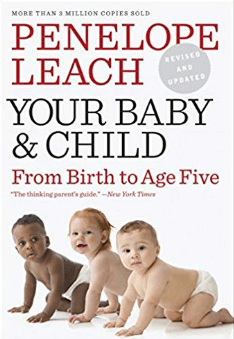
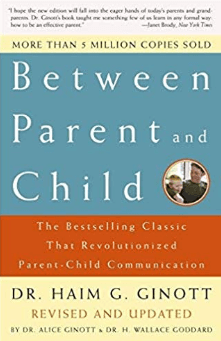
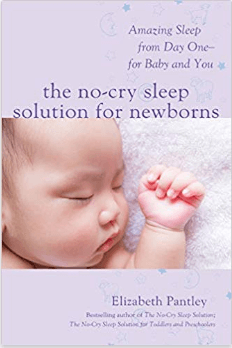
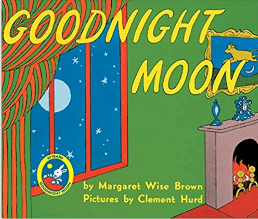

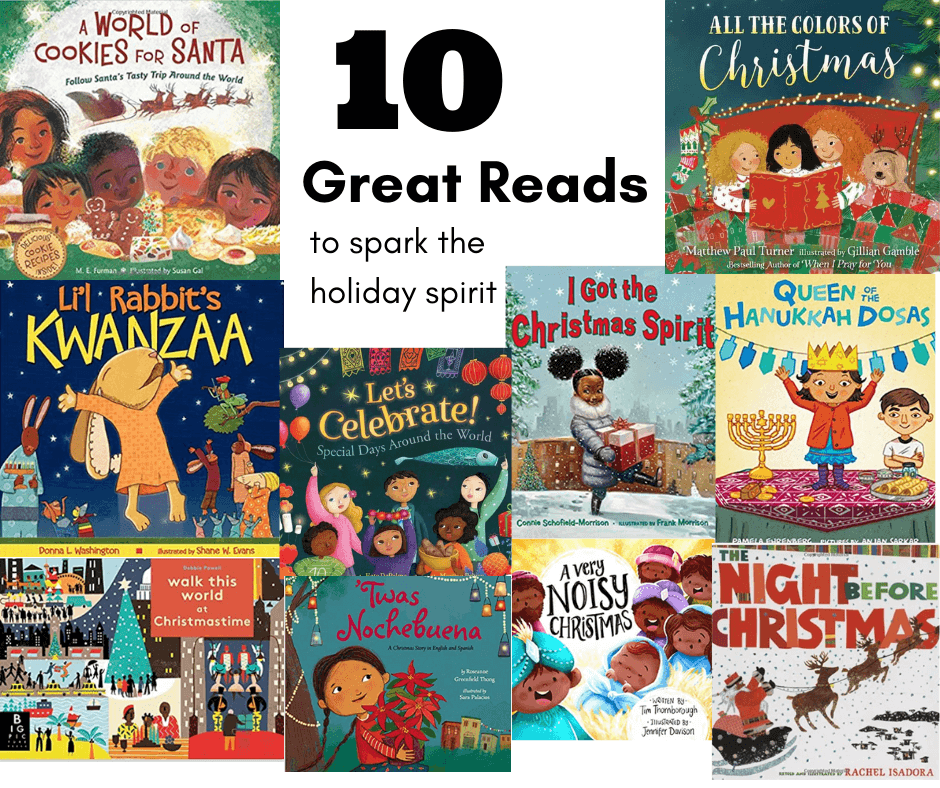 Reading is one of the great pleasures, especially during the holidays. With kids in holiday jammies, sometimes there’s nothing better than kicking back in your favorite spot at home with a celebrated book in hand. A Child’s Hope has a few names of kid reads to spark the holiday spirit — favorites our families have shared throughout the years, add these to all the traditional titles. We know that representation matters, and love that Santa comes in many different colors. Snuggle up with your favorite books this year, and soak in the holiday spirit with family and friends.
Reading is one of the great pleasures, especially during the holidays. With kids in holiday jammies, sometimes there’s nothing better than kicking back in your favorite spot at home with a celebrated book in hand. A Child’s Hope has a few names of kid reads to spark the holiday spirit — favorites our families have shared throughout the years, add these to all the traditional titles. We know that representation matters, and love that Santa comes in many different colors. Snuggle up with your favorite books this year, and soak in the holiday spirit with family and friends. Adoption Awareness Month is not only about celebrating adoption but also offering support.
Adoption Awareness Month is not only about celebrating adoption but also offering support. 
 Childproofing your home is essential as your baby grows more mobile. Watch for broken toys, make sure the pieces are larger in size.
Childproofing your home is essential as your baby grows more mobile. Watch for broken toys, make sure the pieces are larger in size.  community for help if you have questions.
community for help if you have questions. 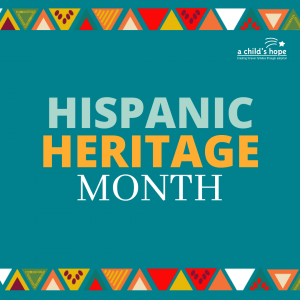 emala, Honduras, and Nicaragua. All declared independence in 1821.
emala, Honduras, and Nicaragua. All declared independence in 1821.